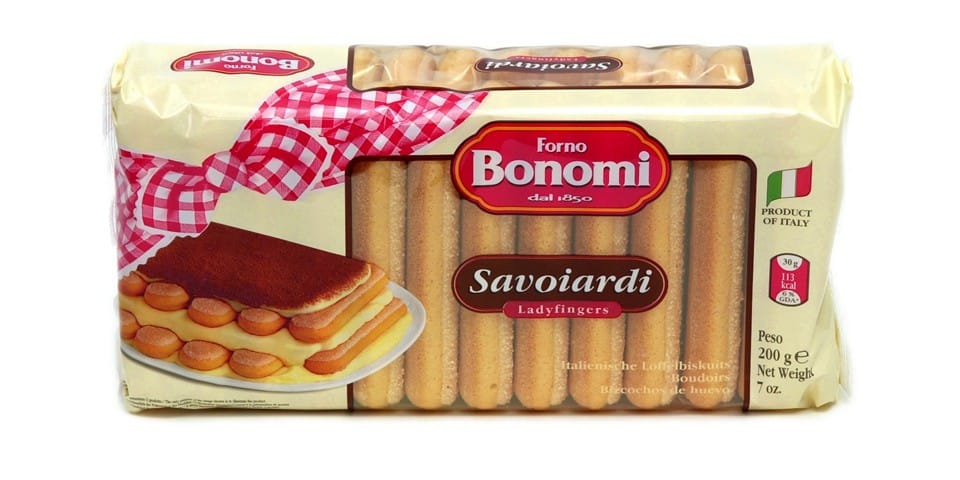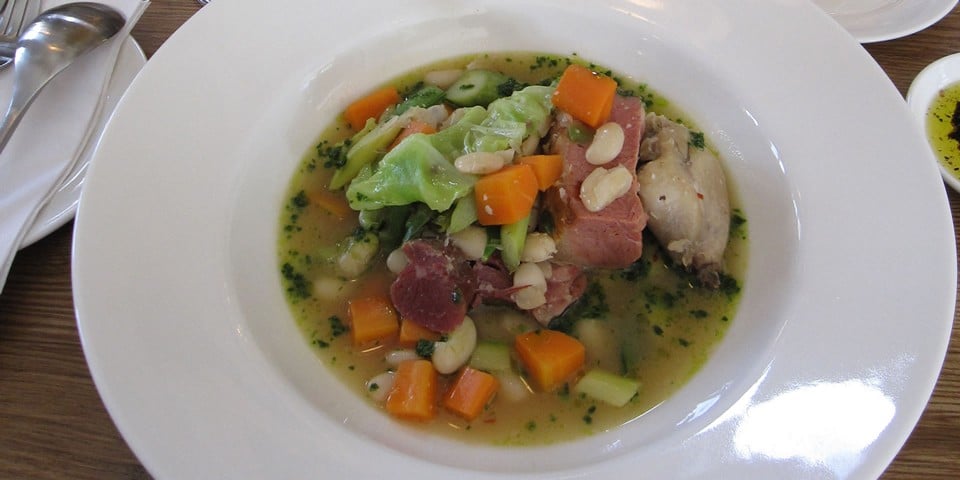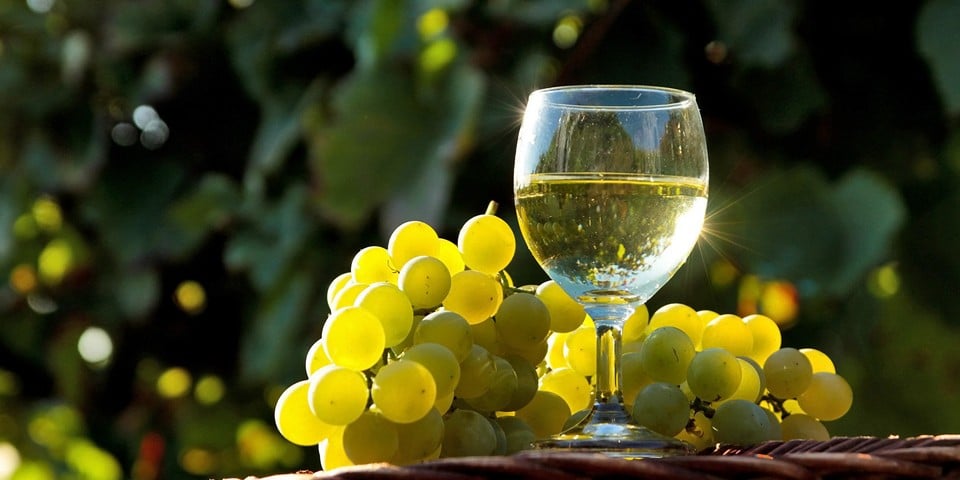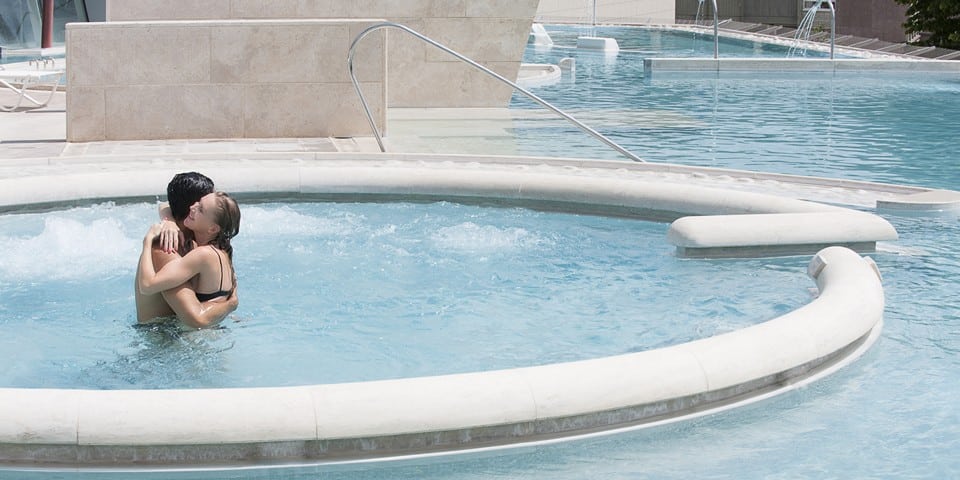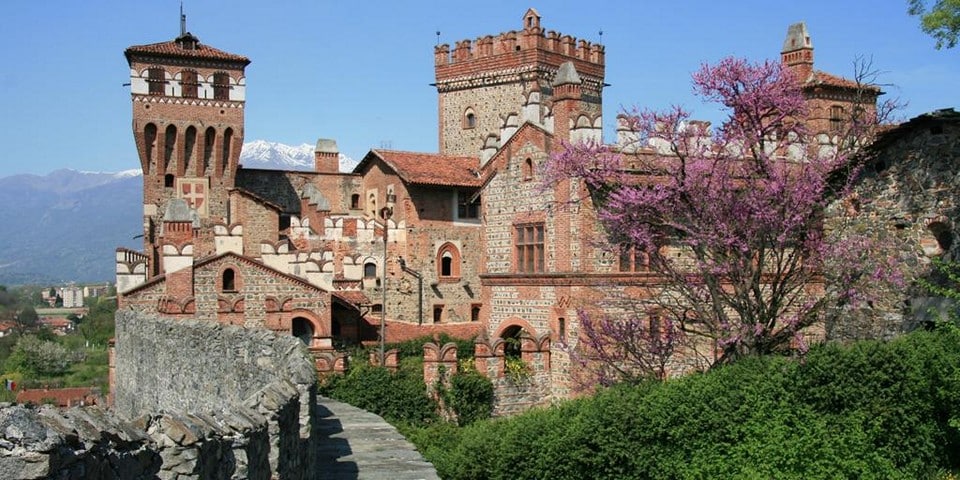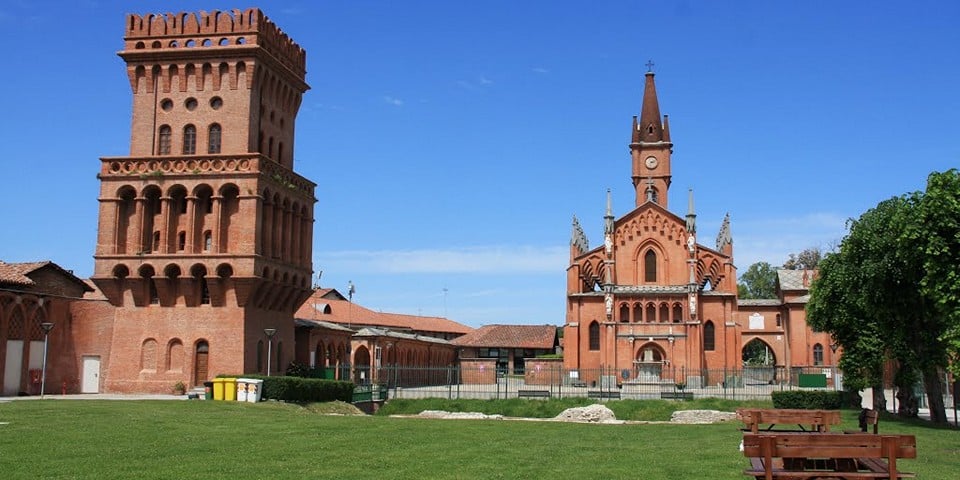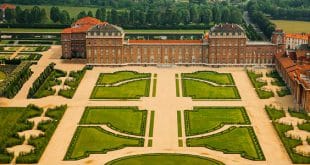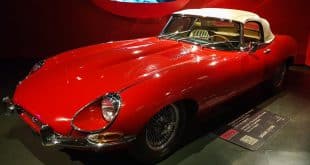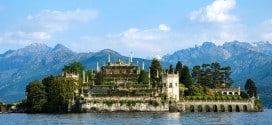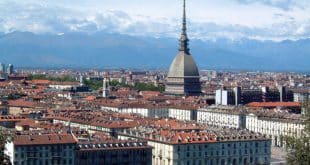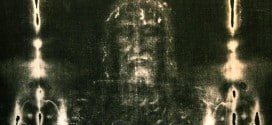Piedmont
Piedmont (Piemonte) is a region that separates Italy from France (to the west) and Switzerland (to the north), with Liguria “blocking” access to the Ligurian Sea. While there are no seaside resorts here, the region boasts numerous ski resorts, as almost half of its territory is covered by mountains. An additional 8% comprises national parks, of which Piemonte has over fifty.

Page Contents
Things to Know Before Visit Piedmont
What is Piedmont known for?
Piedmont what to do?
Piedmont what to see?
Interesting Facts about Piedmont
- Piedmont, located in northwest Italy, is renowned for its stunning Alpine scenery, encompassing over 55,000 square kilometers.
- This enchanting region boasts the famous Langhe wine region, producing world-class wines like Barolo and Barbaresco.
- Turin, the capital city of Piedmont, hosted the 2006 Winter Olympics, showcasing its winter sports and cultural heritage.
- Piedmont is home to the majestic Gran Paradiso National Park, established in 1922, protecting diverse flora and fauna.
- With over 45 UNESCO World Heritage sites, Piedmont offers a rich historical legacy, including the Royal House of Savoy Residences and the Sacri Monti pilgrimage routes.
General Information
Often called the “Tuscany without tourists,” Piemonte offers stunning landscapes that can rival Italy’s most beautiful. It competes with other regions in winemaking, and its array of attractions is almost as impressive. While many tourists flock here in winter to conquer the ski slopes, they overlook the region’s true beauty during the summer.
Piemontese people proudly consider themselves a distinct ethnic group, although there are no aspirations for secession from Italy, some sense of regional nationalism exists. The official language is Italian, but French is prevalent in the west. Additionally, nearly two million locals speak Piemontese dialect (lenga piemontèisa), representing almost half the population.
The region’s name derives from the Italian phrase “ai piedi dei monti,” meaning “at the foot of the mountains.” Piemonte is composed of 8 provinces, with its administrative center being Turin (Torino), home to almost 900,000 people, and over 1.5 million if we include its suburbs. Overall, the region’s population exceeds 4.4 million.
Economy
If asked to name five brands associated with Piemonte, don’t hesitate; confidently list: FIAT, Lancia, Raffaello, Nutella, and Lavazza. The automobile industry is the most prominent here, with FIAT producing various types of vehicles, including cars, commercial trucks, passenger transport, and industrial models. Another well-known brand from Piemonte is Olivetti.
Agriculture and the food industry also play a significant role in the region’s economy. Piemonte is Italy’s leading producer of chocolate, with some believing that chocolate bars were invented in Turin rather than Switzerland. Sweet treats are highly esteemed here; under the melodious Italian names “savoiardi” and “zabaglione” hide essential Piemontese symbols – biscuit cookies integral to the classic Italian dessert “tiramisu” and the local equivalent of “gogol-mogol,” which is also widespread in Italy. If you’ve ever encountered “gianduja” chocolates, know that the praline filling made from hazelnuts was invented in Turin as well.
Piemonte is also where Lavazza coffee originated, dating back to the late 19th century. Several hundred years earlier, the first breadsticks, “grissini,” were baked here, and they are now a staple on almost every Italian restaurant’s table.
Cuisine of Piedmont
For those who are not fond of fast food and the culture of quick dining and food preparation, it will be interesting to know that its opposite, slow food, originated in Piedmont. It’s not surprising, as Italians cannot imagine life without traditional feasts filled with delicious and healthy food and long conversations.
Piedmontese cuisine holds special appeal for food enthusiasts. It features many unique dishes that are worth trying. The region’s inhabitants are serious meat lovers and consume meat in various forms, including raw. Veal “all’albese” (named after the city of Alba) resembles tartare with small pieces of meat, almost like minced meat, dressed with olive oil, lemon juice, and other ingredients.
Piedmontese-style mixed boiled meat (bollito misto alla piemontese) is another intriguing dish. Where else can you taste chicken, beef, pork, rabbit tongues, and more, all at once? Even more surprising is its version, fritto misto alla piemontese: various types of fried meat combined with vegetables, almond cookies (!), and, depending on the chef’s preference, apples or melons.
Piedmont also boasts its own unique type of pasta called “agnolotti.” Essentially, they are the same as ravioli but come with an incredible variety of fillings that are so delicious that they are often served without sauce (a culo nudo), which is meant to enhance the dish’s flavor.
However, Piedmont’s main pride is its truffles (mainly white) and cheeses. The relatively cool winters with nightly frosts and frequent fogs provide favorable conditions for the growth of white, or Piedmontese, truffles. Unlike black truffles, they are consumed raw, grated or thinly sliced. White truffles are collected from late September to the end of January, and specifically trained dogs are used for their hunt; using pigs for truffle hunting is prohibited. In the fall (October-November), Alba hosts a truffle auction, where anyone willing to pay a significant sum for this rare delicacy can participate. One kilogram of truffles can cost up to $2000 USD.
As for cheeses, Piedmont has mastered the production of more than 60 varieties of this product, with the truly Piedmontese castelmagno being of particular origin. It is made only in three Piedmont municipalities in the Cuneo province. This semi-hard cheese is made from cow’s milk and can be consumed as is, with honey or melted into a sauce for potato gnocchi.
Wine Production
The most famous Piedmontese wines include Asti, Barbaresco, and Barolo; the latter is considered the finest wine in Italy and one of the top 10 wines in the world.
The quality of local grapes is influenced by the region’s climate, characterized by frequent heavy rains and fog in winter and fall, and hot summers. Piedmont is the birthplace and actively cultivates the Nebbiolo grape variety; numerous attempts to grow it outside the region have not been successful. Another local variety, known since the 17th century, is Barbera. The Dolcetto grape, also native to Piedmont, produces very vibrant and unusual wines that are best enjoyed when young.
Red wines dominate the production in Piedmont, accounting for 70% of the total. The best whites are the sparkling Asti Spumante and the sweet Moscato d’Asti, both made exclusively from the local variety of white muscat grapes (Moscato Bianco). Due to their unique production method, creating bubbles in sealed steel tanks instead of the traditional bottle fermentation, these wines are referred to as the “champagne of one night.” Although less complex and sophisticated, this production method has not affected their popularity.
Notably, the highest category of Italian wine classification, DOCG, was awarded to Asti not for its exceptional qualities but for its significant contribution to Italy’s economy. These wines are sold in enormous quantities and have long become a symbol of the country.
Piedmont is home to the local herbal liqueur Amaro, as well as the globally renowned brands Cinzano and Martini. The region is also the birthplace of vermouth, a drink that appeared in 1786 as a blend of white wine and various herbs and spices. Antonio Benedetto Carpano invented it, believing that Italian ladies of high society would prefer this mixture over red wine.
Resorts in Piedmont
Piedmont is renowned for its ski resorts and spa destinations. The development of the region’s infrastructure was influenced by the XX Winter Olympics held in 2006, resulting in hundreds of kilometers of well-equipped ski slopes. Besides skiing, other winter activities include horse or dog-drawn sled rides, ski jumping, paragliding, hot air ballooning, and more.
Skiing
The most popular area for skiing is the Val di Susa valley, part of the so-called “Milky Way” (Via Lattea), where the Olympic slopes were located. The valley is home to small towns like Sestriere, the resort center, Sauze d’Oulx, and others, offering modern hotels for accommodation. Resorts such as San Sicario and Cesana Torinese offer more budget-friendly options. Limone-Piemonte is a more remote location suitable for those seeking a well-rounded winter experience without spending a fortune.
Average accommodation cost for two people per week: Sestriere – 800 euros (Hotel il Fraitevino), Cesana – 700 euros (Agriturismo Barba Gust), Limone-Piemonte – 720 euros (B&B L’Abric).
Another resort area, Mondole Ski, is located not far from Limone-Piemonte. It includes three resorts – Prato Nevoso, Artesina, and Frabosa Soprana – offering a total of 150 km of ski slopes. Accommodation in two-person apartments costs up to 750 euros per week at Residence Gildo.
From December to April, charter buses run from Turin Airport to the resorts of the Susa Valley and the Mondole Ski Complex during the ski season. The ticket price is 34 euros, with departures strictly on Saturdays and Sundays. Advance booking is required.
Thermal Resorts
The most famous and popular spa resorts in Piedmont are located near Cuneo and Alessandria. The first one, Terme di Lurisia, was opened in 1940, but the springs’ therapeutic properties were discovered in 1900. Over the years, many well-known people in the country have visited these thermal baths, making the resort a favorite destination for Italian nobility and celebrities.
The sources of Terme di Acqui, another renowned resort, have been known since the time of ancient Romans. Unfortunately, the Roman baths were destroyed, and their restoration only began in the 15th century. In 1870, the “Bollente” pavilion was built in the city, where a source emerged with water temperature reaching +75ºC (+167ºF). Two city spa centers offer a variety of therapeutic and cosmetic procedures.
Asti and Garessio also boast excellent thermal baths. Terme di Agliano, located 17 km from Asti, is famous for its rich mineral composition of thermal waters. The local health center treats respiratory, gastrointestinal, and cardiovascular diseases.
The thermal resort of Garessio (Terme di Garessio), situated in a picturesque location about 70 km from Cuneo, uses local mineral water solely for drinking and effectively treats dermatological and rheumatic diseases. Various types of massages are also used as additional wellness procedures.
Landmarks in Piedmont
Piedmont is remarkable in every aspect – its nature, small towns, ancient abbeys, and castles. For instance, in Castello di Cavour in the town of Grinzane Cavour, just 9 km from Alba, there is a wine museum where you can taste all the famous wines of Piedmont. In the past, this castle served as the residence of the Prime Minister of the first government of unified Italy.
Equally fascinating is Castello Di Pavone in the city of Pavone Canavese, located 50 km northeast of Turin. The fortress was founded in the 11th century, but some structures on its territory are at least twice as old. It is considered one of the most beautiful castles in the world.
Asti
Asti is renowned not only as a center for producing sweet sparkling wine but also as a city where one of Italy’s largest Gothic cathedrals, the Cathedral of Santa Maria Assunta e San Gottardo, is located. Additionally, it is known for hosting the traditional horse race “palio,” which takes place on the third Saturday of September.
At a distance of 35 km from Asti lies the medieval abbey of Vezzolano (Abbazia di Vezzolano), founded in the late 11th century. The abbey is one of the most significant monuments of this period in the region.
The Municipality of Bra
The municipality of Bra is famous for its numerous baroque-style churches. Within its territory stands the Castle of Pollenzo (Castello di Pollenzo), protected by UNESCO. The castle, constructed in the late 14th century, has undergone significant changes over the centuries.
Stresa
The charming town of Stresa is situated on the shores of Lake Maggiore (Lago Maggiore). It is a renowned health resort that has been a favorite retreat for writers, artists, and other celebrities for centuries. Across from the town are the Borromean Islands, famous for their Baroque-style palace, park, and botanical garden occupying one of the islands entirely.
The Cathedral of Vercelli (Duomo di Vercelli) was founded as early as the 4th century, but the present-day building was constructed by the end of the 18th century. Among the earlier structures, the 13th-century Basilica of Sant’Andrea (Basilica di Sant’Andrea) is worth noting.
How to Get There
The main airport of the city is named after one of Italy’s former presidents, Sandro Pertini (Torino Sandro Pertini Airport). It was previously known as Turin-Caselle Airport (Aeroporto di Torino-Caselle). The airport is located 12 km away from the city center and is connected to the city by both bus and train services. The bus ride costs 7.5 euros and takes approximately 45 minutes, while the train ride costs 3 euros and takes about 20 minutes. Buses and trains run at intervals of around 20 minutes. Detailed information on how to get to or from the airport is available on its official website www.aeroportoditorino.it.
Turin can also be reached from Milan, with a distance of 150 km between the cities.
Trains operated by the TGV company (www.b-europe.com) connect Turin to France and Switzerland. From Lyon, three trains depart daily with a second-class ticket costing 46 euros and a travel time of about 3 hours and 45 minutes. Trains from Geneva run more frequently but have a longer travel time of over 5 hours. Additionally, tickets for Geneva trains must be purchased directly at the ticket counters as they are unavailable on the website.
 Italy for me From Italy with love
Italy for me From Italy with love

